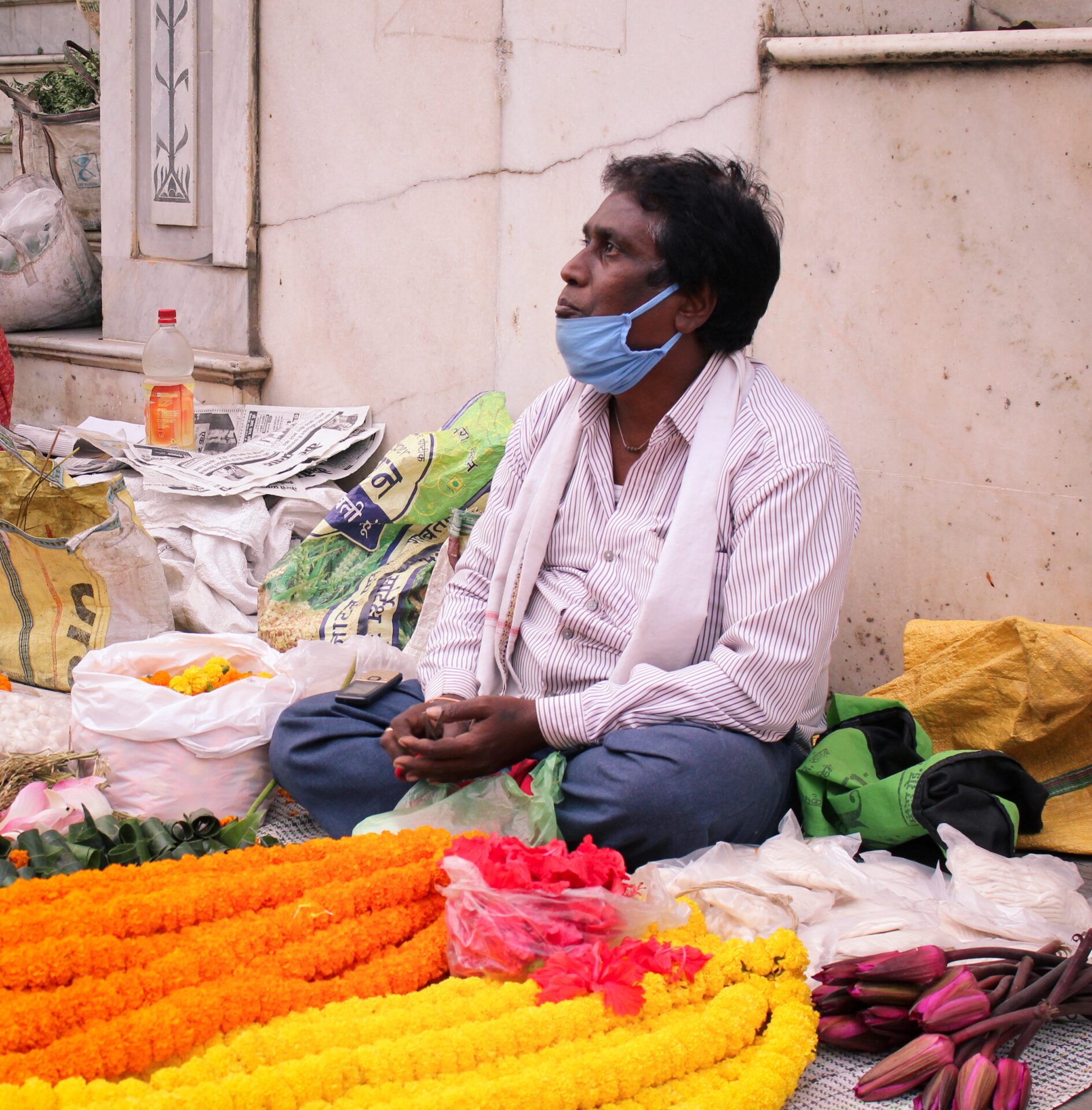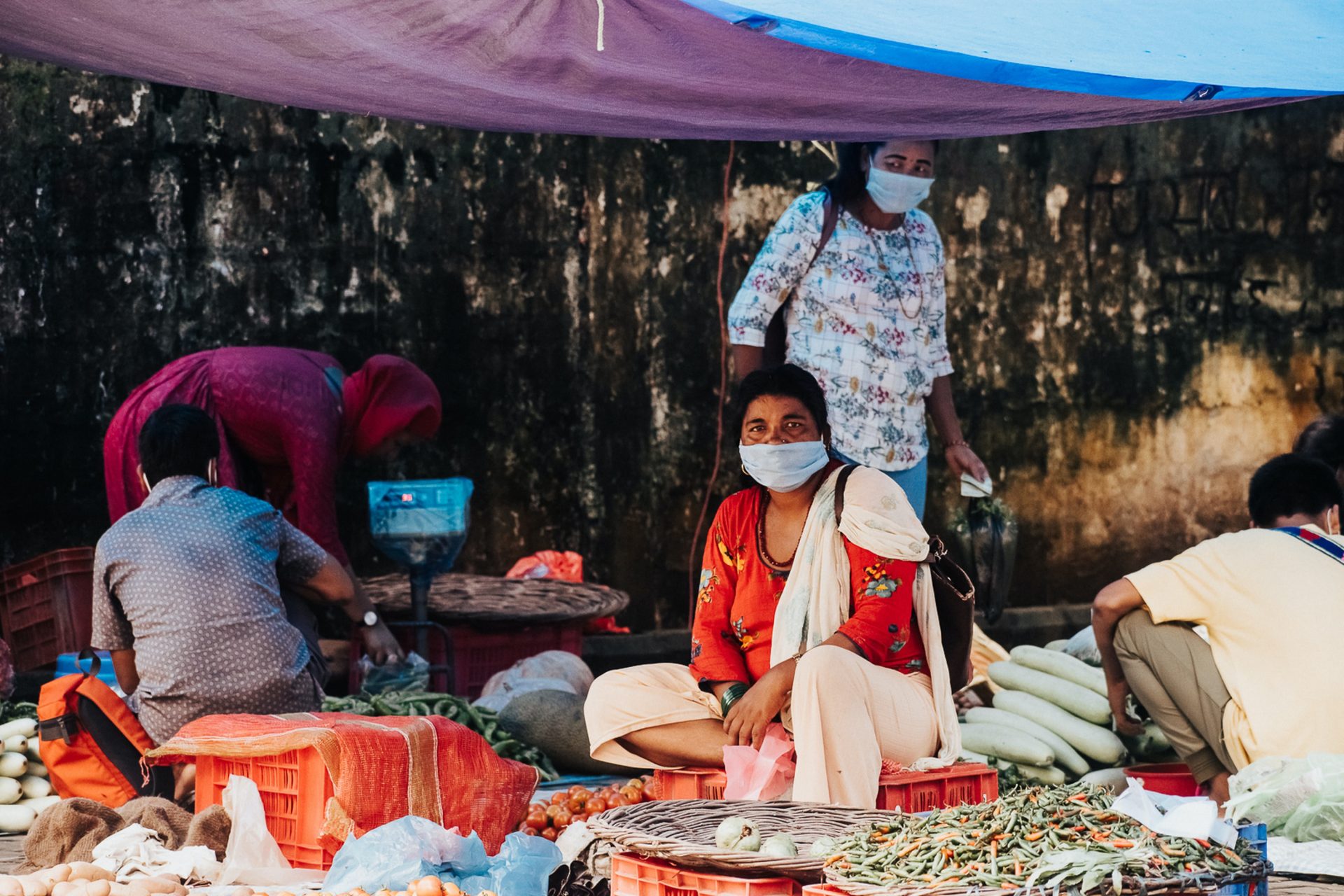- To maximise the protective benefits of COVID-19 vaccines, national vaccination deployment will need to reach as many as possible
- Failure to address the known and emerging gender-related inequities during the largest global vaccine deployment in history will delay vaccination coverage
- Includes a guidance note and checklist of key actions for countries to prioritise that align with the core domains of WHO and UNICEF’s guidance for COVID-19 national deployment and vaccination plans
- Download the Vaccine Deployment Checklist Infographic here
You can access the brief in the following additional languages:
To maximise the protective benefits of COVID-19 vaccines, national vaccination deployment will need to reach as many women, men, and gender-diverse people in the most equitable, efficient, and effective way possible. This requires action on the gender-related barriers and inequities that negatively affect access to health services and information.
For instance, women tend to face limited mobility to reach health facilities or vaccination sites, limited decision-making power in their health-seeking, and limited access to health resources, including evidence-based information on vaccine safety (especially among pregnant and lactating women). In many settings, women and gender-diverse groups are also at risk of experiencing sexual harassment, exploitation, disrespect, and other forms of gender-based violence when seeking health services, including vaccination.
Failure to address the known and emerging gender-related inequities during the largest global vaccine deployment in history will delay vaccination coverage, add to COVID-19 morbidity and mortality and to its burden on health systems. This will further delay national economic recovery efforts and countries’ ability to build back better.

Gender-related barriers and inequities in communities and health systems negatively affect access to health services, including vaccination.
The Gender Equality Working group of the SDG3 Global Action Plan on Healthy Living and Well-being, along with the Gender and Health Hub at UNU-IIGH presents a guidance note and checklist of key actions for countries to prioritise that align with the core domains of WHO and UNICEF’s guidance for COVID-19 national deployment and vaccination plans. These include steps in the planning, delivery, and monitoring of vaccine deployment, such as:
- the meaningful involvement of gender experts and representatives of community in planning, decision-making, identifying barriers, communicating information, building trust, and vaccinating the population.
- vaccine delivery and logistic planning based on context-based knowledge of women, men and gender-diverse groups’ health-seeking preferences, such as community or workplace-based delivery, addressing travel or mobility challenges to access vaccination sites, and employing women vaccinators to ensure social acceptability in communities with gender segregation, and ensuring women vaccinators are safe, well remunerated, and receive adequate training.
- evidence-based messaging using culturally-sensitive and, inclusive mediums to share evidence, dispel myths, misinformation and uncertainty, to support vaccination uptake, such as by co-creating tailored messaging with stakeholders, and leveraging diverse communication channels and networks to reach different sub-groups of women, men and gender-diverse people.
- data systems that collect, report and use sex-disaggregated vaccine outcomes in decision-making such as in vaccine regulatory approval processes, vaccine safety surveillance and outreach monitoring.
These recommendations apply to national stakeholders in both COVAX-supported and self-financing countries, including ministry of health officials, civil society, health workers, employer and trade unions, religious and traditional leaders, the private sector, gender experts, representatives of women, gender-diverse people, and people with intersecting marginalised status.
Tactical strategies for implementation that are emphasised in the guidance note include accountability, adherence to human rights, iterative planning and responsiveness to new evidence and real-world lessons, and collaboration with a range of stakeholders, including women’s, ethnic and indigenous organisations, and community-based groups to draw on their lived knowledge, experience and trust-relationships in deployment planning and implementation.





